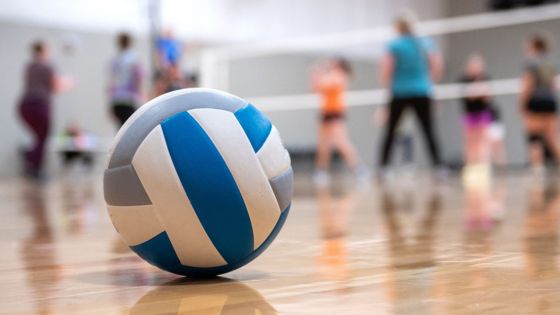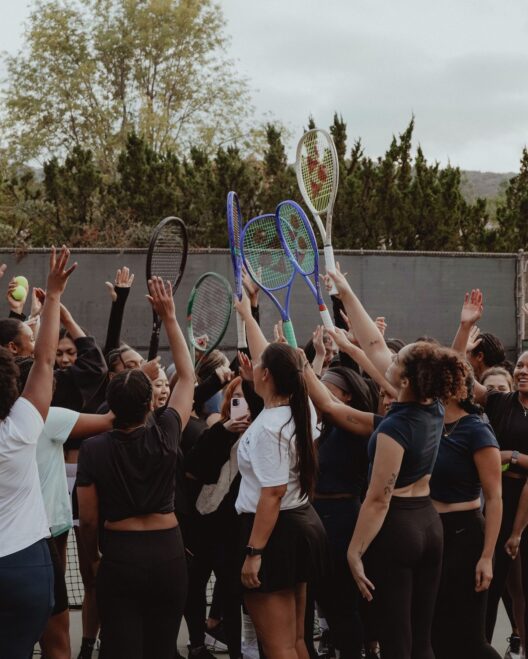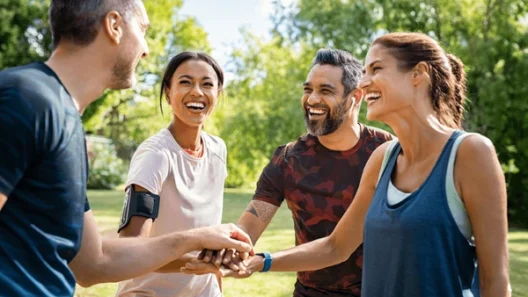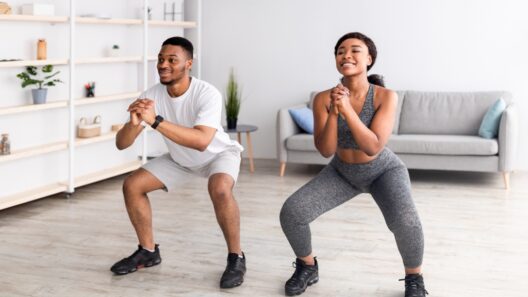Starting any new sport can feel overwhelming, especially when trying to figure out what equipment you genuinely need. Volleyball is a dynamic and fast-paced game that requires specific gear for performance, comfort, and, most importantly, safety.
While you don’t need a massive amount of equipment, the few essential pieces you buy should be right for the indoor court. Focusing on the following items will help you play better and prevent common beginner injuries, giving you the confidence to dive, jump, and enjoy the game.
The Absolute Must-Haves
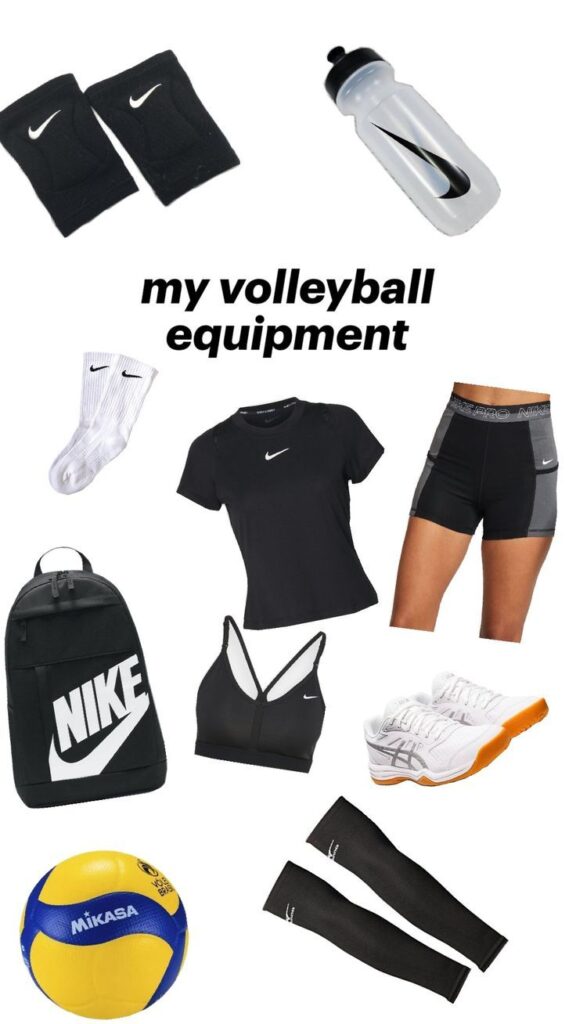

Before you step onto the court for your first practice or game, these three items are non-negotiable for safety and performance in indoor volleyball.
1. Volleyball-Specific Shoes
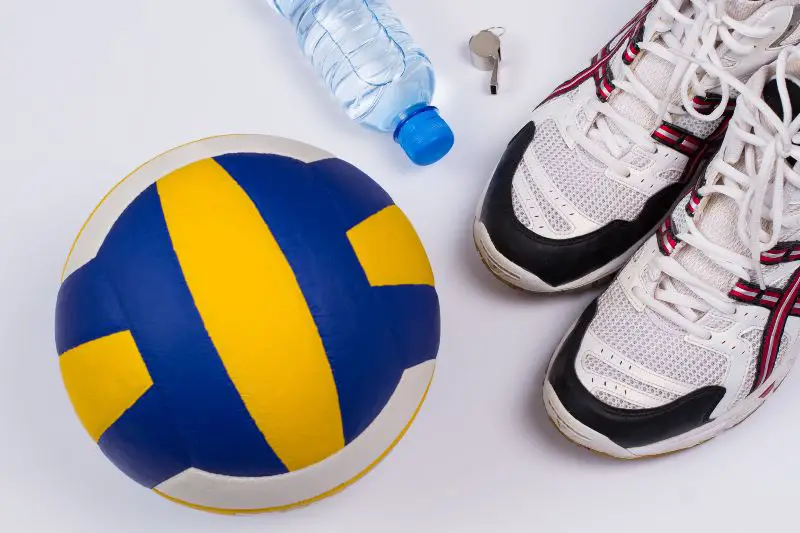
Your regular running shoes are not suitable for volleyball. Volleyball involves explosive movements, quick lateral cuts, and repetitive jumping and landing, which running shoes are simply not designed to handle.
- Traction and Grip: The court shoe’s gum rubber sole is engineered for exceptional grip on indoor surfaces. This prevents slipping during quick stops and changes of direction.
- Cushioning and Shock Absorption: They feature specialized cushioning in the heel and forefoot to absorb the repeated impact of jumping, which protects your knees and ankles.
- Lateral Support: Volleyball shoes have reinforced sides to stabilize your ankle during side-to-side movements and quick shuffles, significantly reducing the risk of a sprain.
- What to Look For: Popular beginner options often include models from brands like ASICS (e.g., Gel-Rocket series) or Mizuno (e.g., Wave Lightning series).
2. Protective Knee Pads
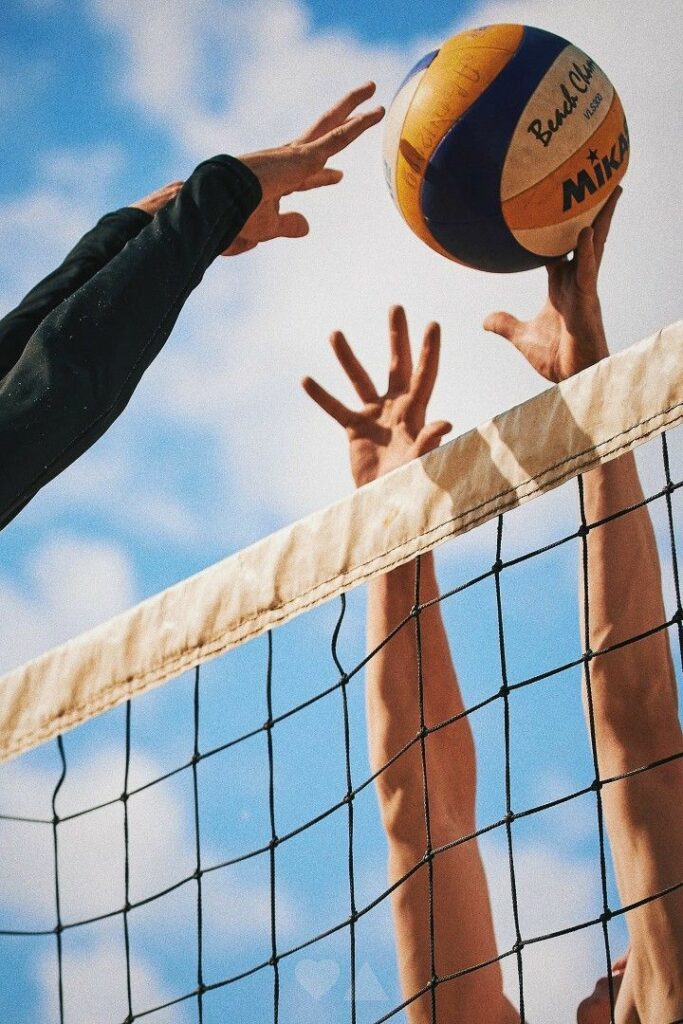
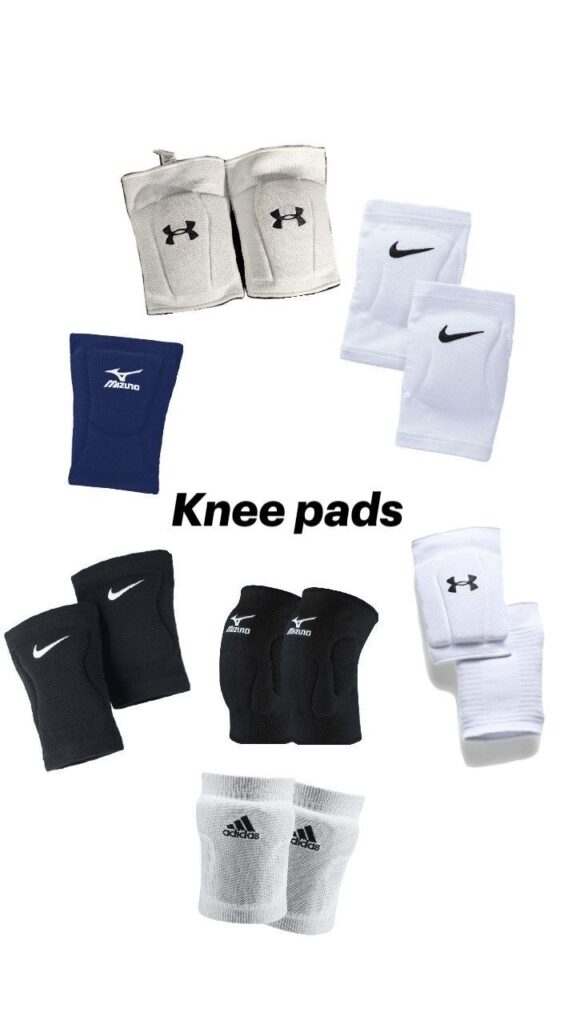
Beginners are still developing their court movement and defensive technique, which often means dropping to the floor to dig a ball. Knee pads are crucial protective gear.
- Impact Protection: The padding, usually a thick, dense foam, cushions your knees from the hard impact of the gymnasium floor. This prevents bruising, scrapes, and floor burns.
- Confidence Booster: Knowing your knees are protected allows you to commit fully to a difficult defensive play without hesitation.
- Fit and Comfort: Look for knee pads that are contoured to your knee and offer breathability, often with mesh on the back. They should fit snugly without being so tight that they restrict circulation or movement when you squat.
- Coverage: For a beginner, a ‘full-coverage’ pad offers the maximum protection area.
3. Comfortable, Wicking Apparel
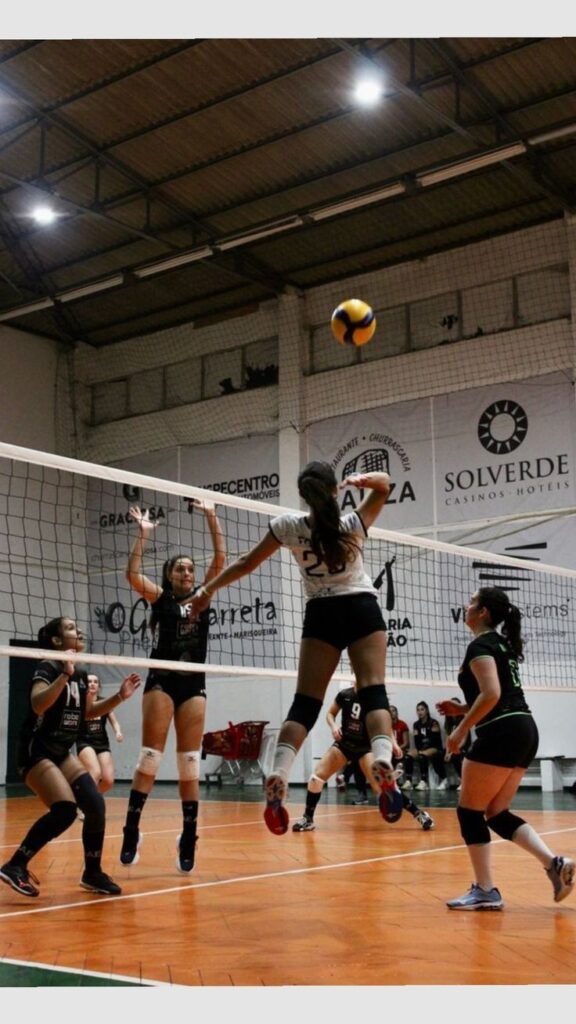
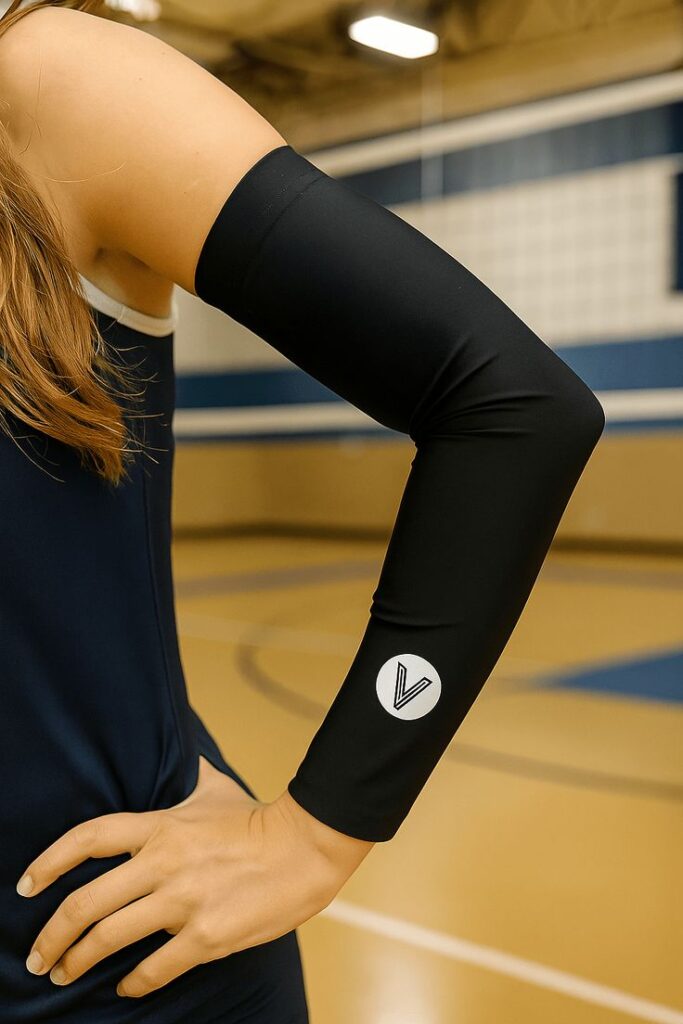
Your clothing should allow for maximum freedom of movement and help manage sweat effectively.
- Moisture-Wicking Fabric: Choose shirts and shorts/spandex made from polyester or a technical blend. These materials pull sweat away from your skin to keep you dry, light, and comfortable. Avoid cotton, which absorbs moisture and becomes heavy.
- Shorts/Spandex: For female players, tight-fitting spandex shorts are standard, as they don’t get in the way during movement. For male players, well-fitting athletic shorts are best. The key is comfort and a non-baggy fit.
- Socks: Invest in quality athletic socks. They should be moisture-wicking and have extra padding in the heel and forefoot to reduce friction, which prevents painful blisters.
Equipment for Practice and Performance
Once you have the absolute basics covered, these items will enhance your training, comfort, and readiness on the court.
4. The Volleyball
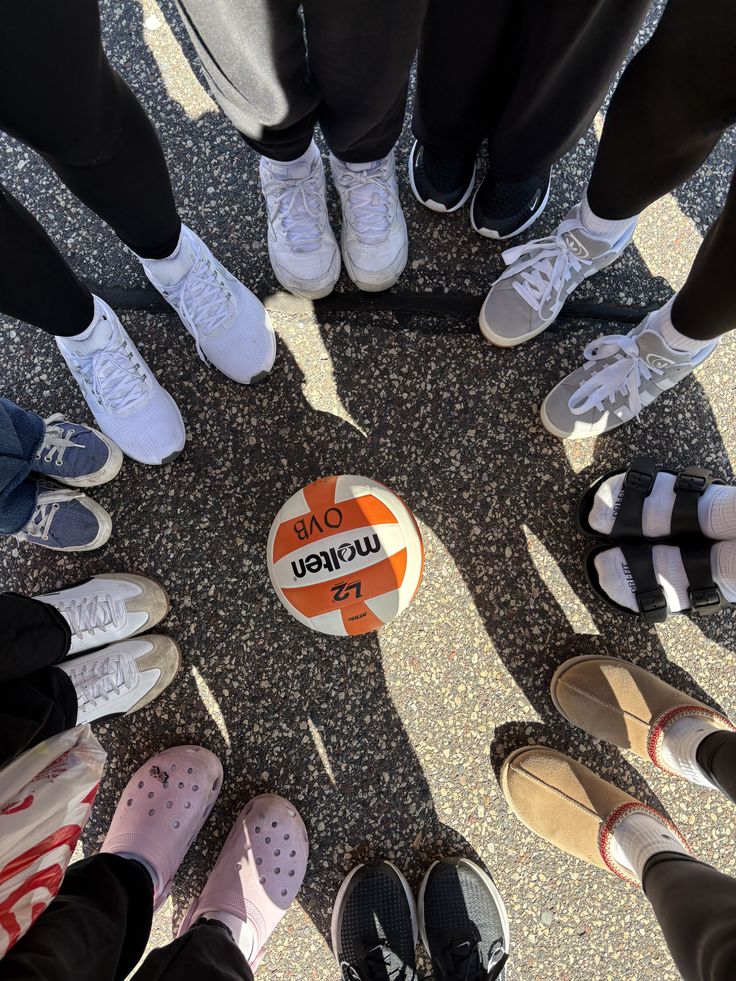
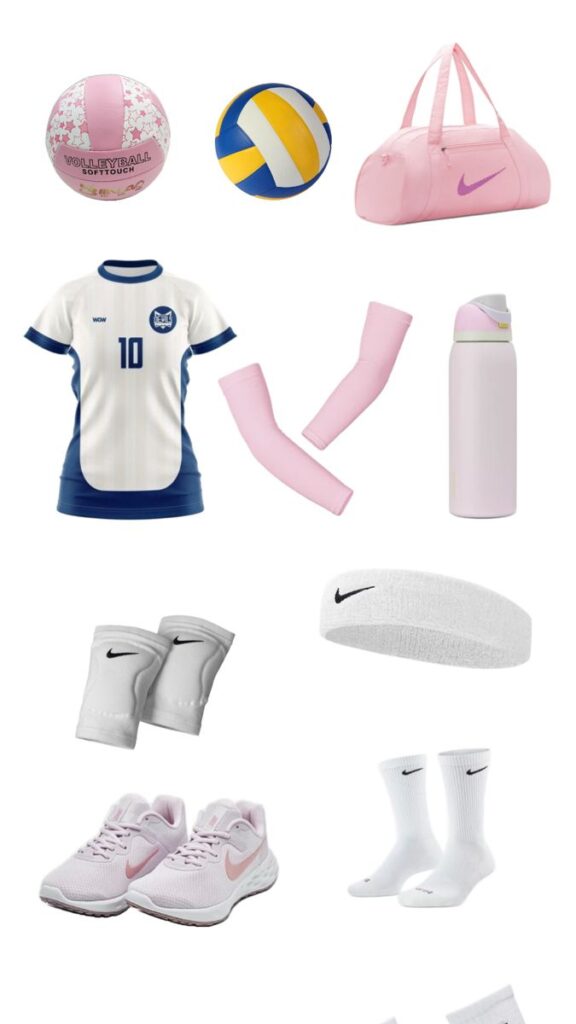
While most teams or clubs provide balls for practice, owning your own is essential for individual skill work at home or in the park.
- Indoor Balls: Standard indoor volleyballs (such as the Mikasa V200W or Molten FLISTATEC) are made of synthetic or genuine leather. They are typically heavier and have a smoother feel, ideal for a hard court.
- Beginner Options: If you are just starting and want a ball for casual practice, look for a composite or “soft-touch” ball, which is slightly more forgiving on the arms.
5. Water Bottle and Hydration
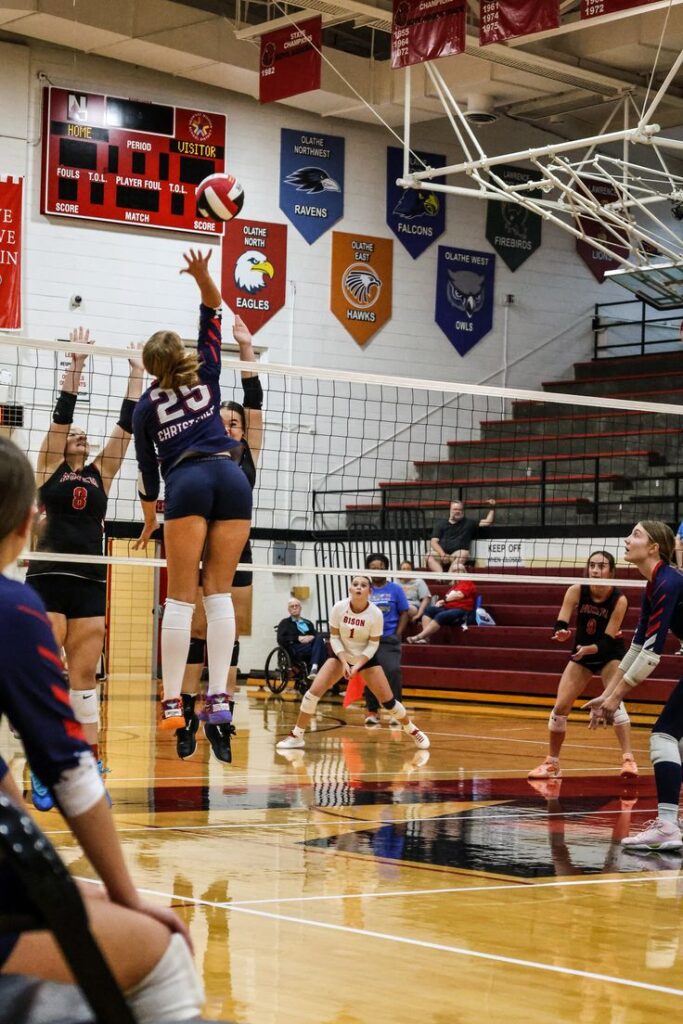
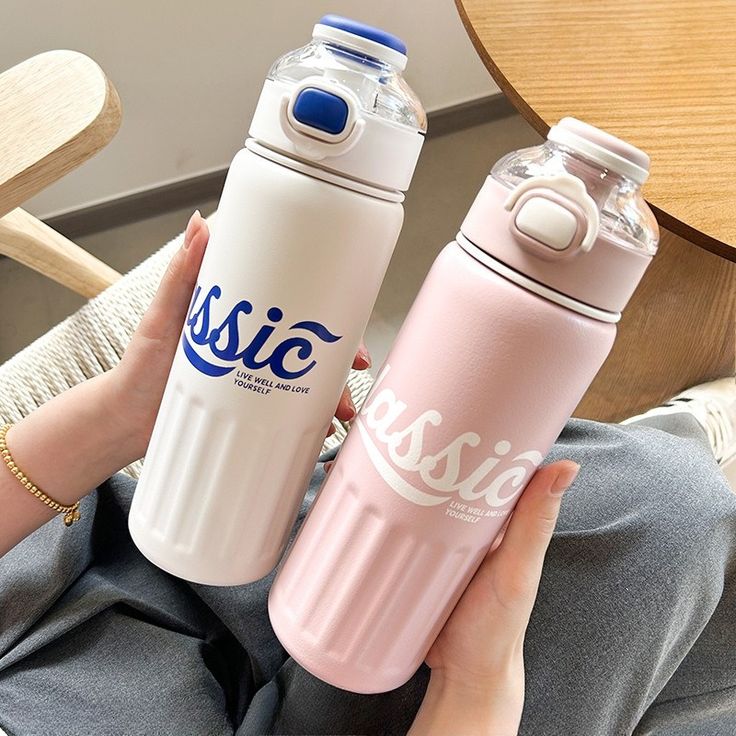
Volleyball is an intense sport that involves high bursts of energy. Staying hydrated is vital for maintaining performance and preventing cramps.
- Insulated Bottle: A large, insulated water bottle is a smart investment. It will keep your water cold through long practices and tournaments.
- Placement: Get into the habit of keeping your water bottle near the bench so you can grab a drink quickly during timeouts and breaks.
6. Athletic Tape or Ankle Braces (Recommended)
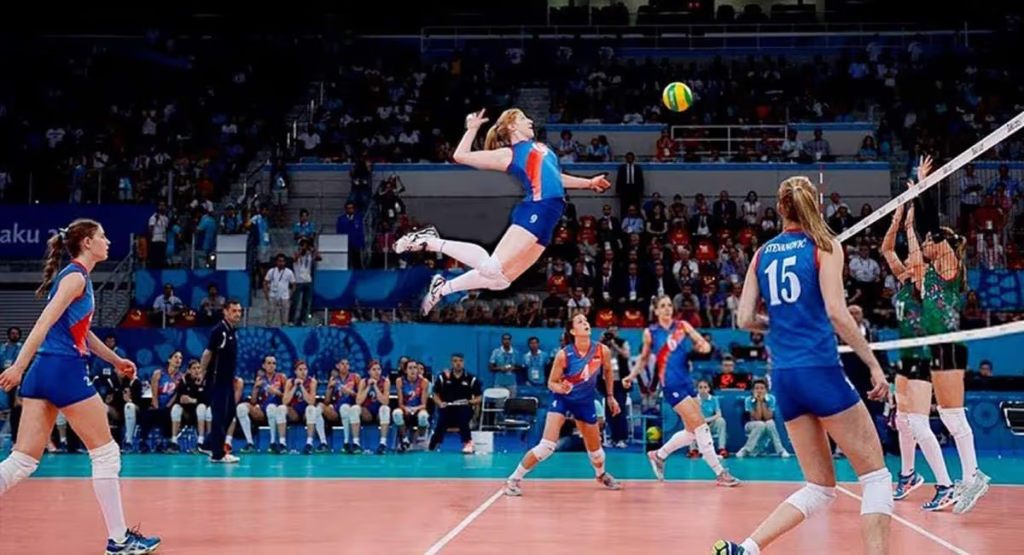
Ankle sprains are the most common injury in volleyball, often occurring when a player lands on another player’s foot after a jump.
- Ankle Braces: If you have a history of ankle injuries or play a position that involves frequent jumping near the net (like a hitter or blocker), an ankle brace can provide crucial support and stability. Brands like Active Ankle or ASO are popular choices.
- Finger Tape: Many players use simple athletic tape or specialized finger tape to protect or stabilize their finger joints, especially on their setting hand, to guard against small jams and hyperextensions.
7. Ball Bag or Duffel Bag
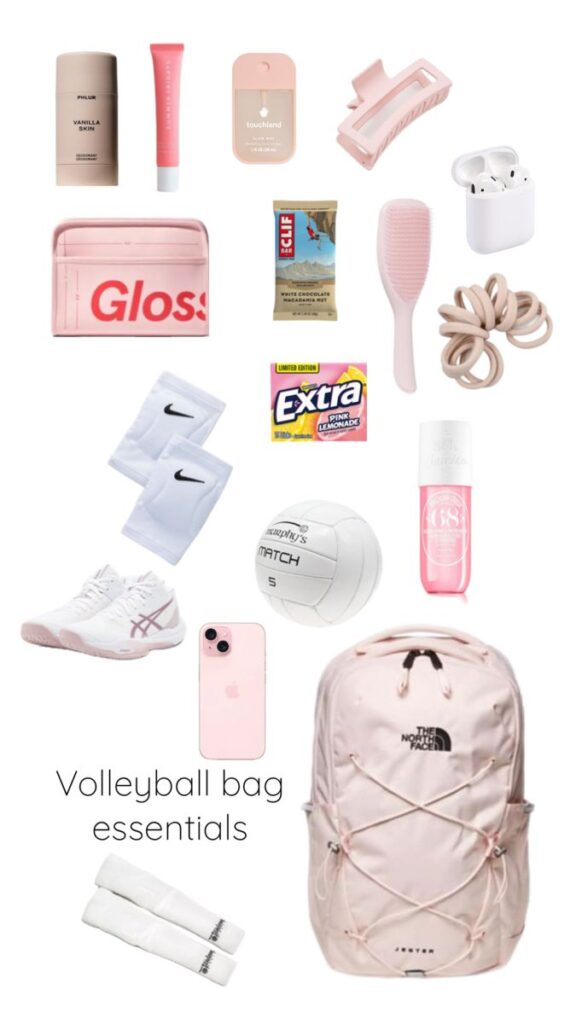
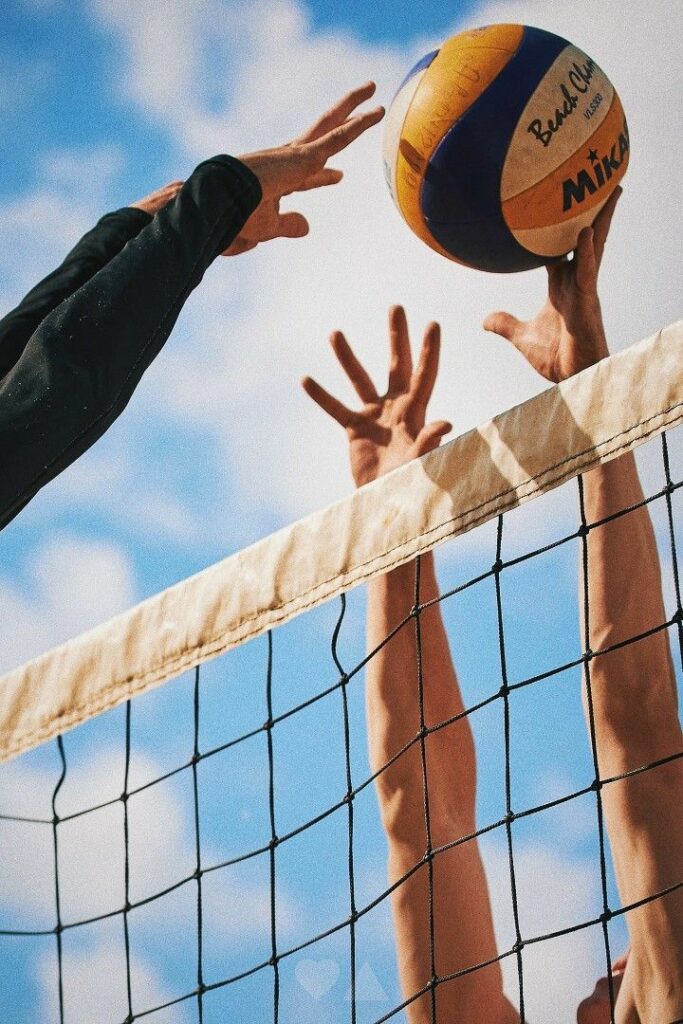
You need a way to transport all your gear cleanly and efficiently.
- Storage: Look for a bag or athletic backpack that has multiple compartments. A separate, ventilated section for your sweaty shoes and knee pads is a lifesaver for keeping the rest of your gear fresh.
- Space: Ensure it is large enough to hold your shoes, knee pads, water bottle, a change of clothes, and potentially your own ball.
8. Arm Sleeves or Passers Pads (Optional)
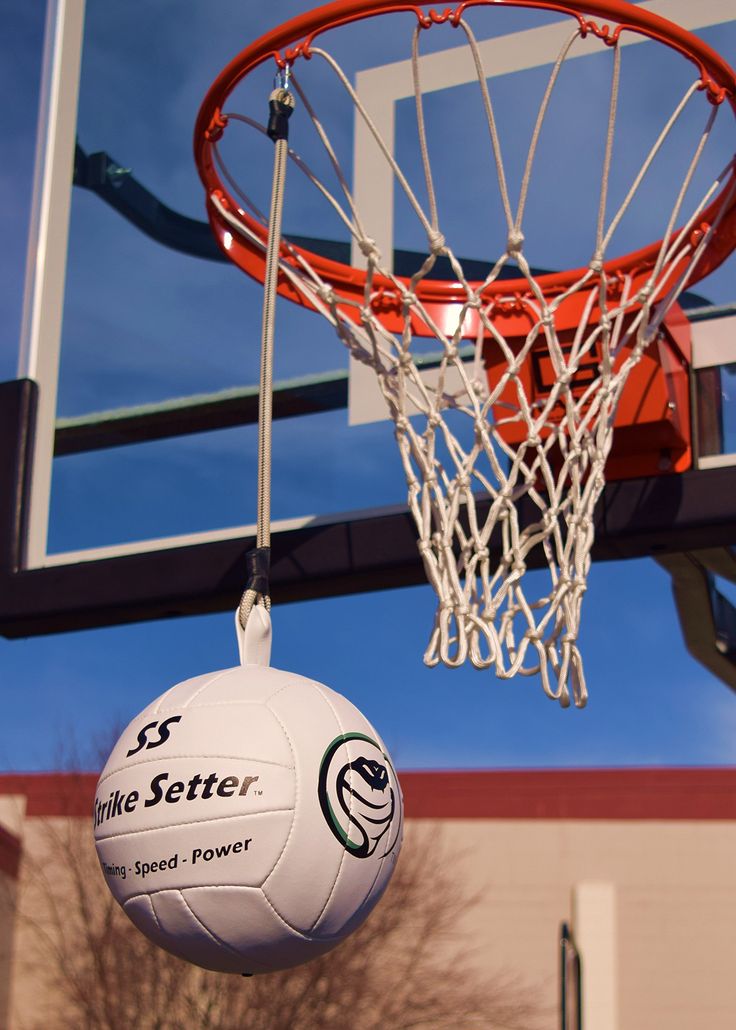
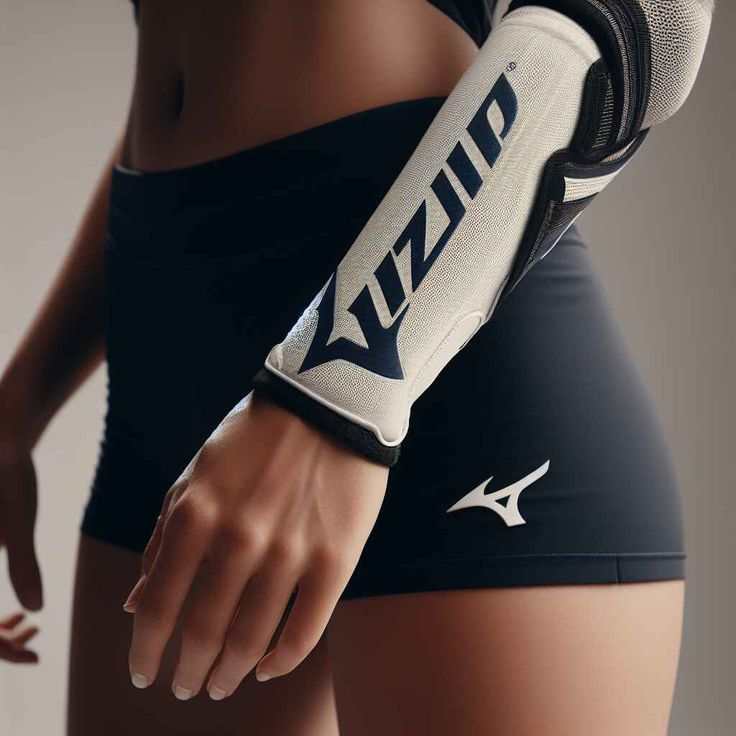
Arm sleeves, also known as passing sleeves, are a popular piece of optional gear for many players, especially beginners.
- Forearm Protection: They offer a thin layer of padding or compression over your forearms. While they won’t stop a hard hit, they can help reduce the sting and skin irritation that can occur after repeatedly passing the ball.
- Warmth/Compression: They can help keep your muscles warm and may offer light compression, which some players find helps with circulation and reduces muscle vibration.
Frequently Asked Questions (FAQ)
Q: Can I just wear basketball shoes instead of volleyball shoes?
A: While basketball shoes share some characteristics with volleyball shoes (good ankle support, high traction), true volleyball shoes are generally lighter and designed for more explosive vertical jumping and soft landings. Basketball shoes, while sometimes acceptable for a true beginner, lack the specific lateral stability and lightweight construction that professional volleyball shoes offer for quick, repetitive movements on the indoor court.
Q: Do all volleyball players need to wear knee pads?
A: Knee pads are highly recommended for all indoor volleyball players, especially beginners. As a beginner, you are more likely to drop to your knees or floor to save a ball as you learn proper technique. Even experienced players, such as defensive specialists and liberos, wear them consistently due to the high frequency of dives and floor contact they make.
Q: How tight should my volleyball knee pads be?
A: They should be snug enough to stay in place securely when you run, jump, or squat, but not so tight that they feel uncomfortable or cut off your circulation. They must allow for a full range of motion. If you have to constantly pull them up during practice, they are too loose.
Q: What is the most important piece of gear for a beginner to invest in?
A: The most important investment is volleyball-specific shoes. Good shoes will protect your joints, provide necessary traction to prevent slips, and give you the stability needed for the constant side-to-side and jumping movements. Protecting your lower body is key to avoiding injury and ensuring you can continue to play.
Q: Are arm sleeves necessary?
A: Arm sleeves are not necessary, but many players, particularly setters and defensive players, like them. They are primarily for comfort and minor protection. For beginners, they can help reduce the sting on the forearms from repeated passing, making the initial learning process more comfortable.
